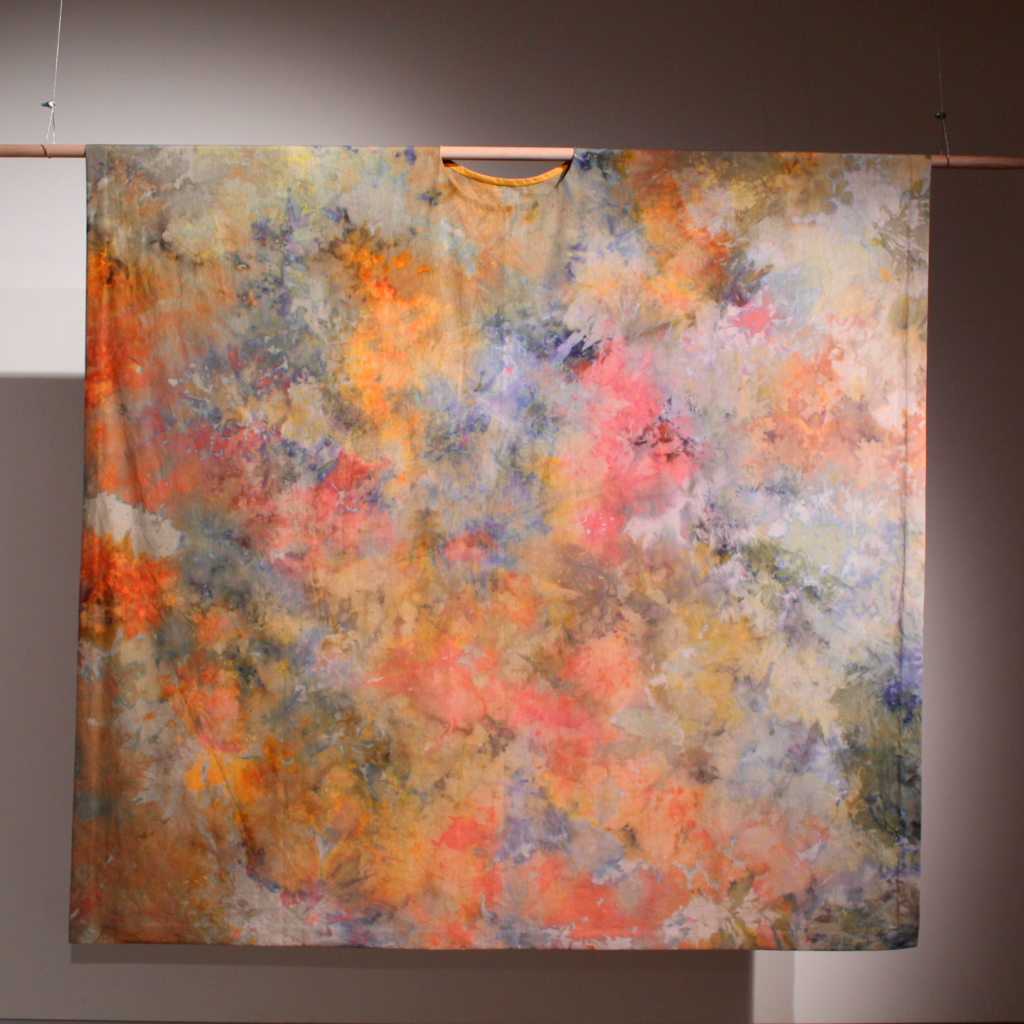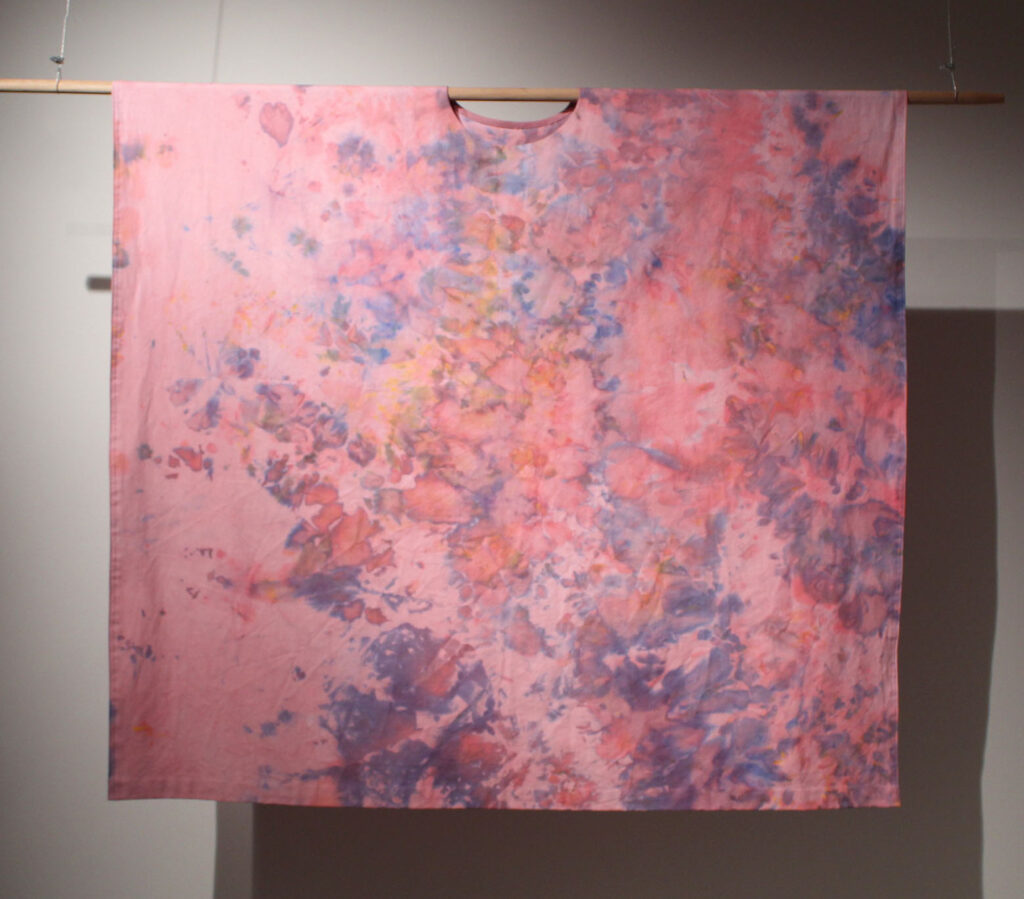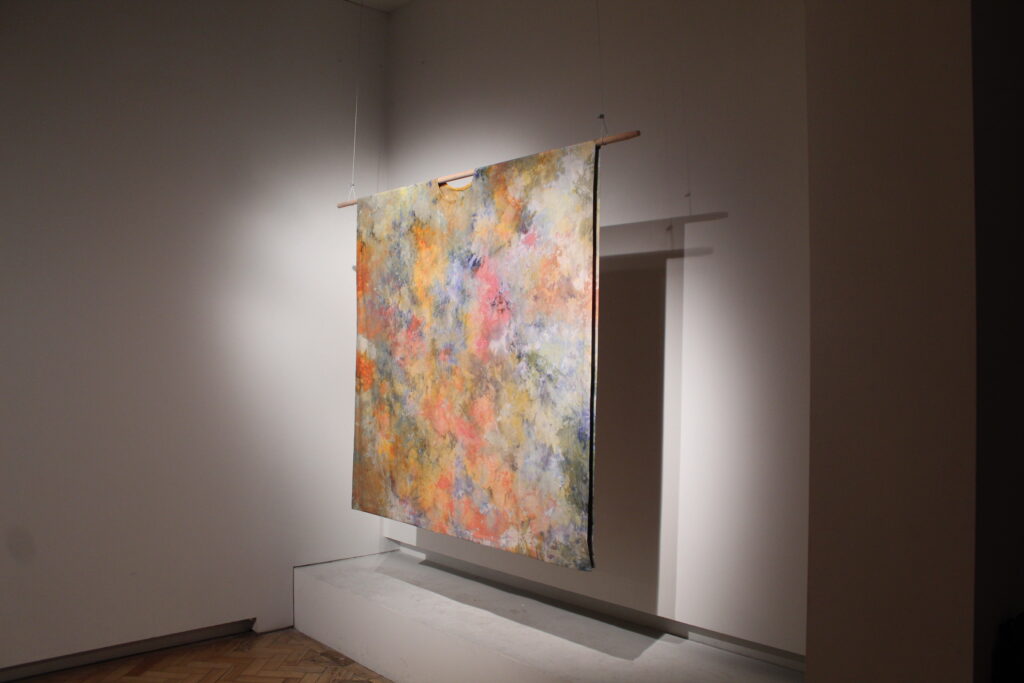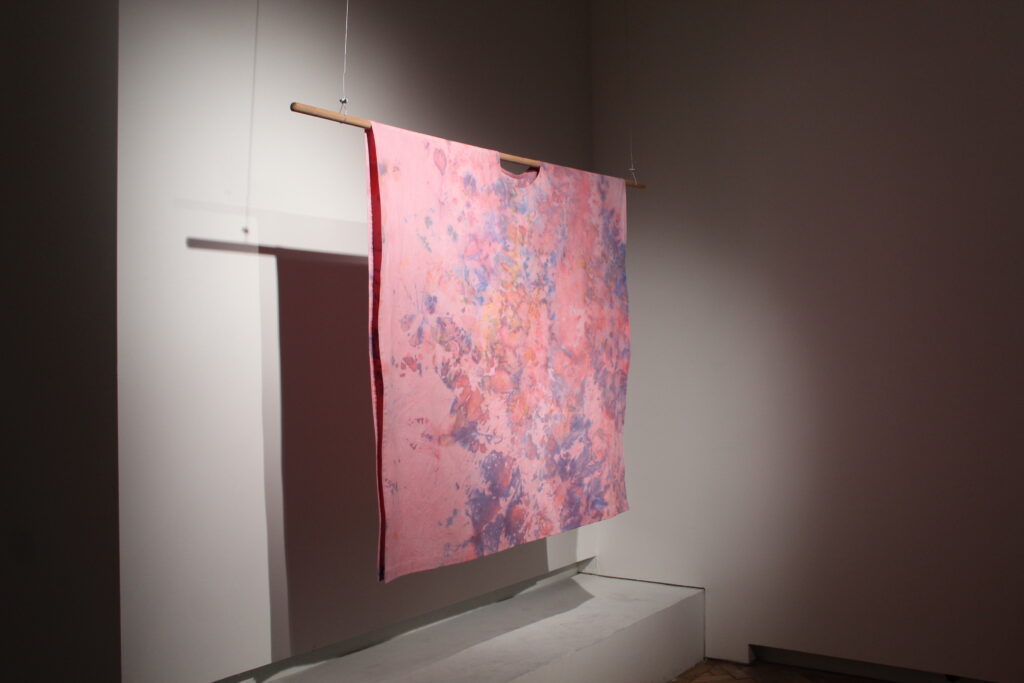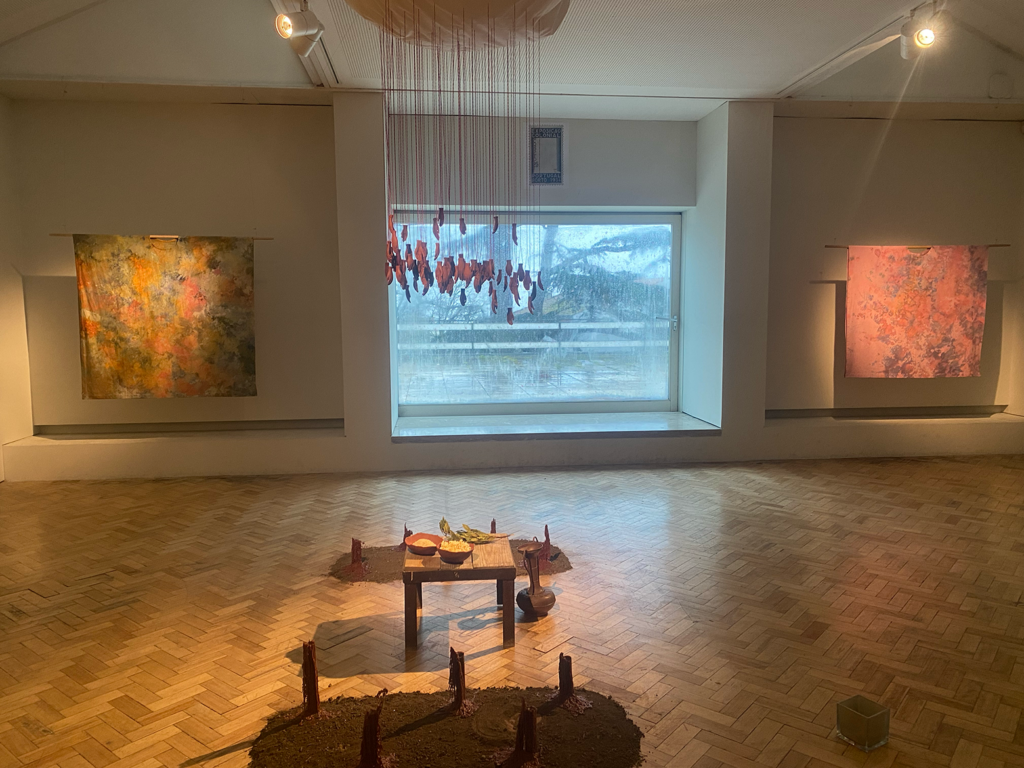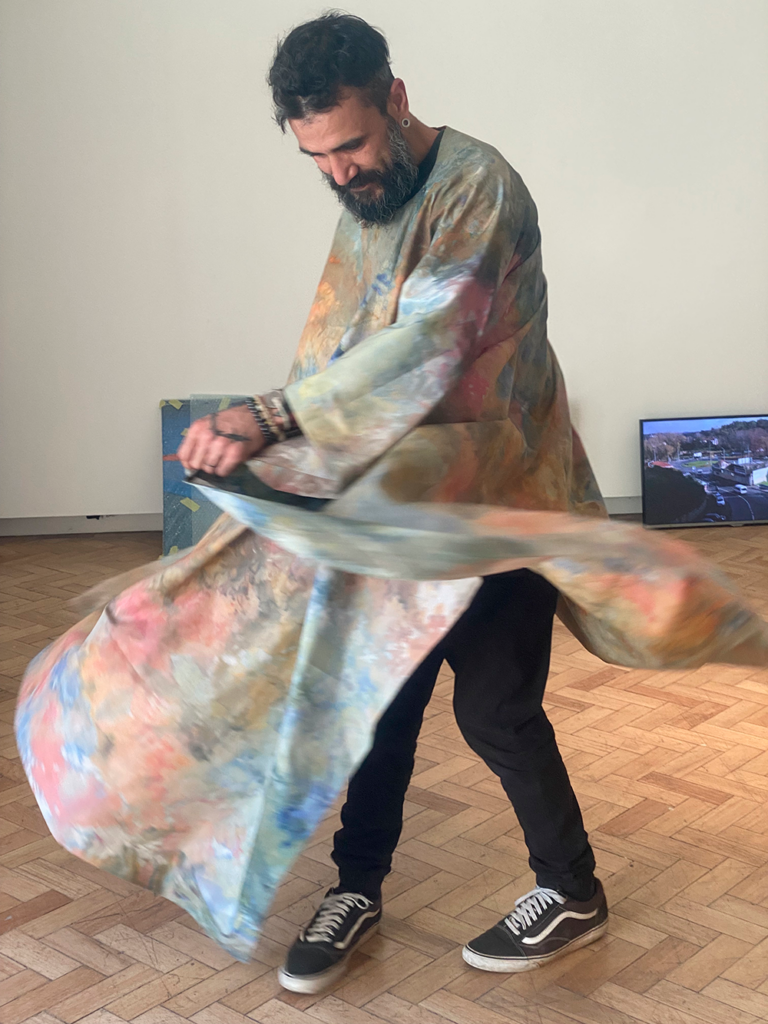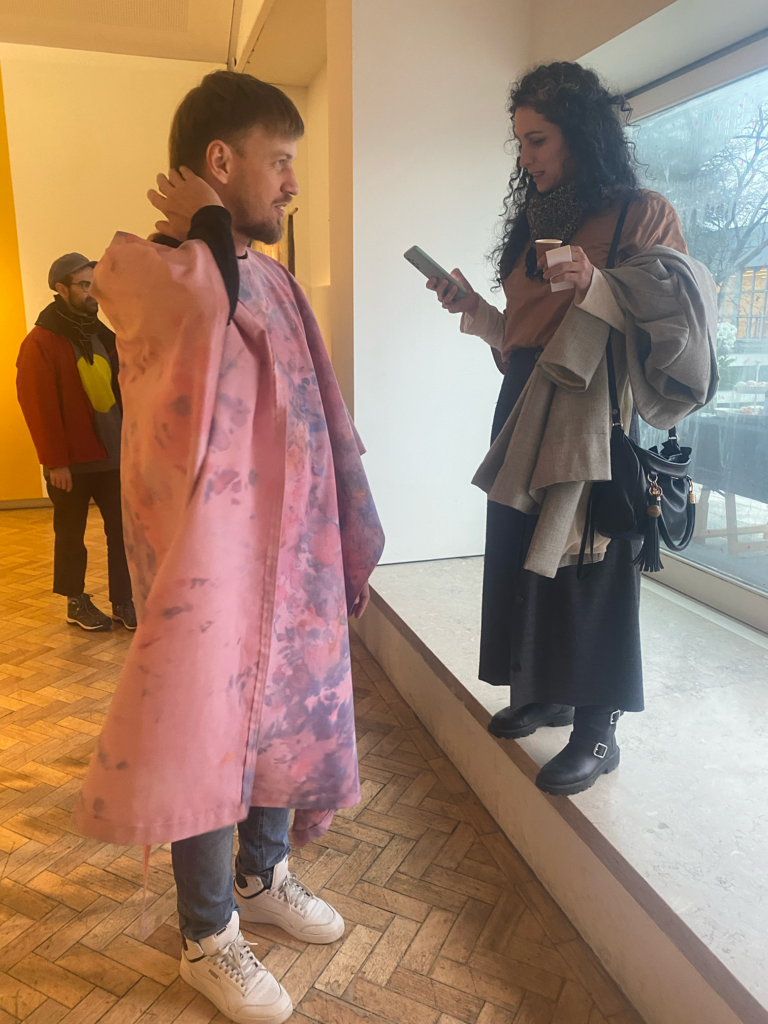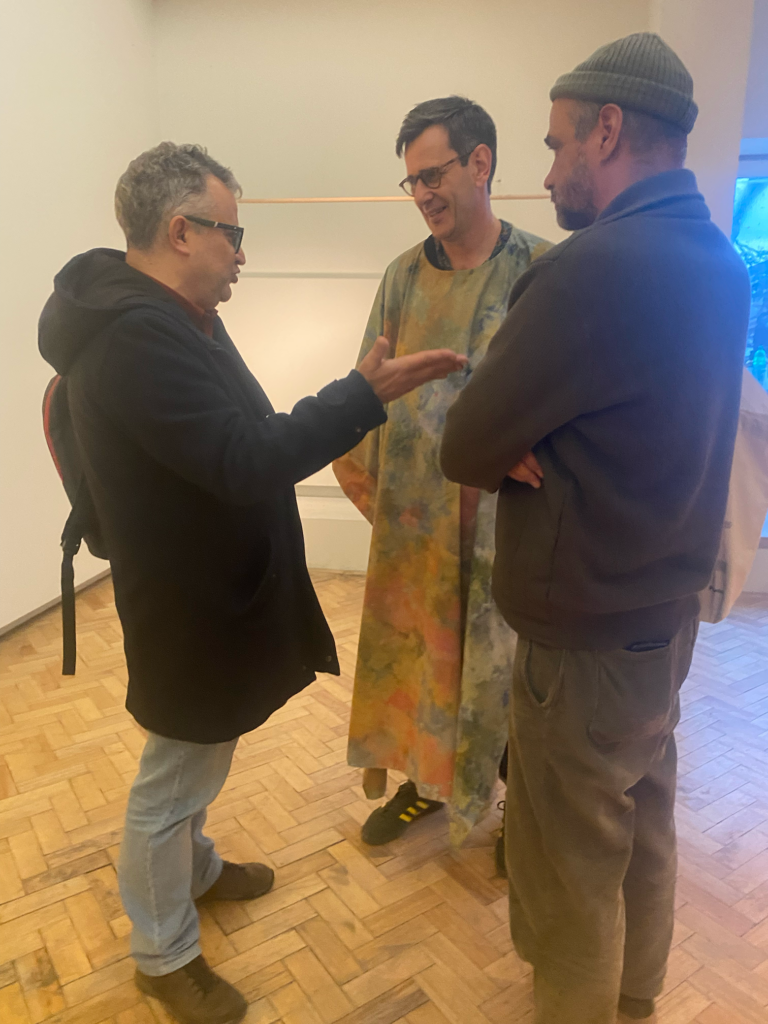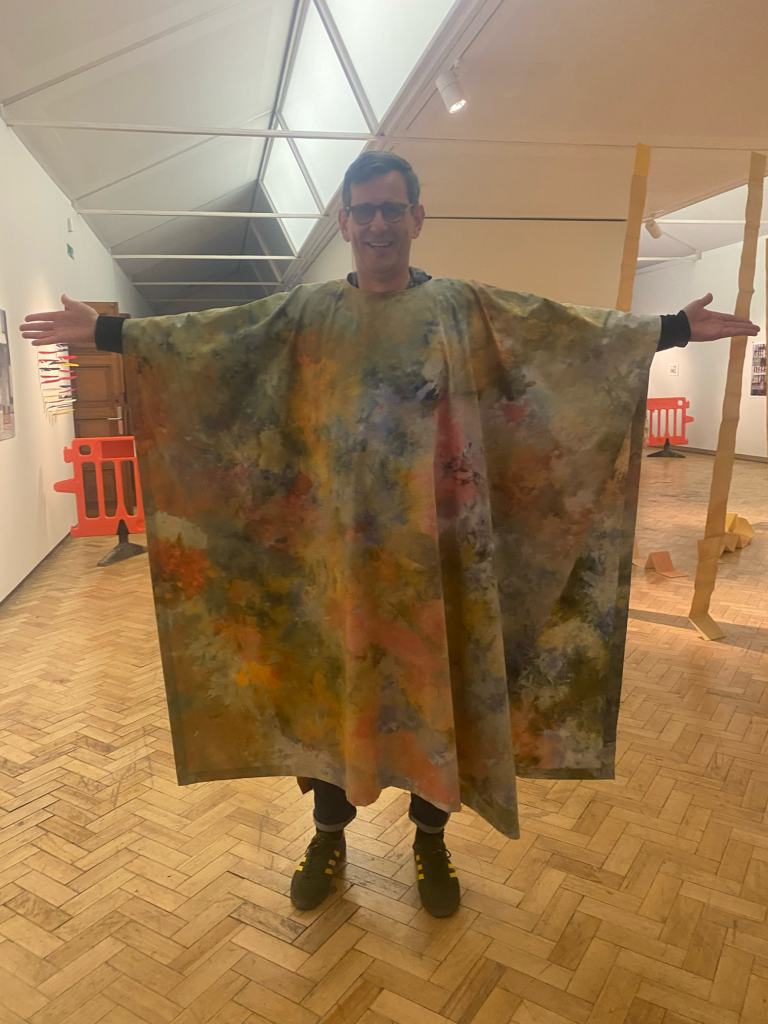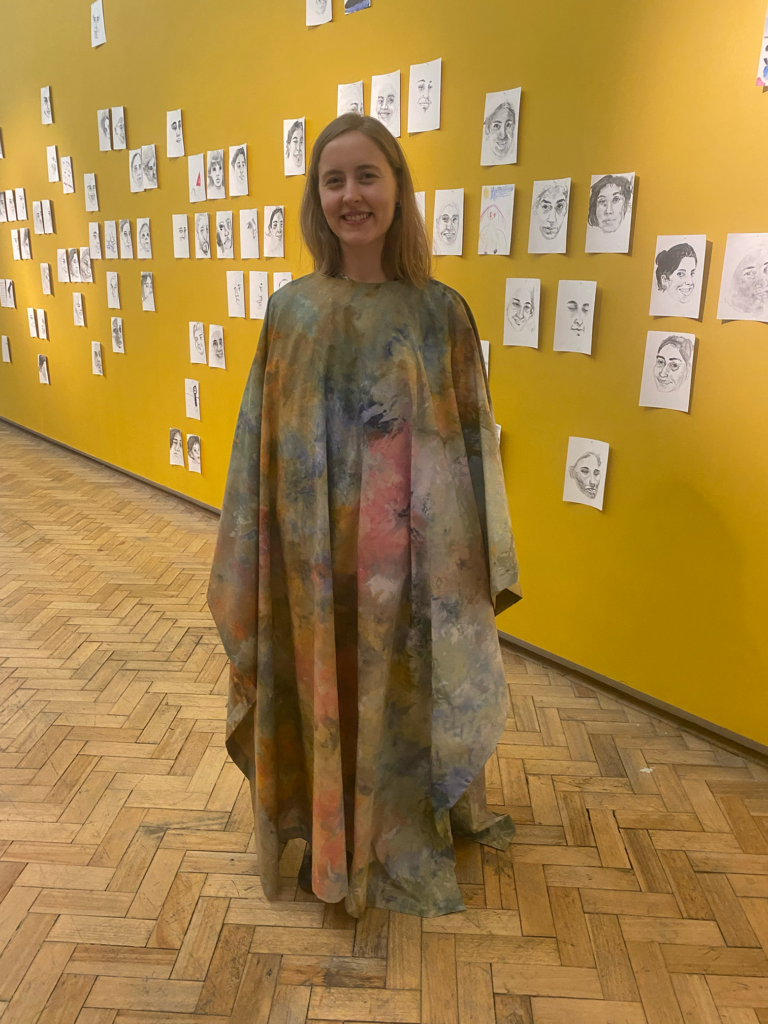Home – less – care
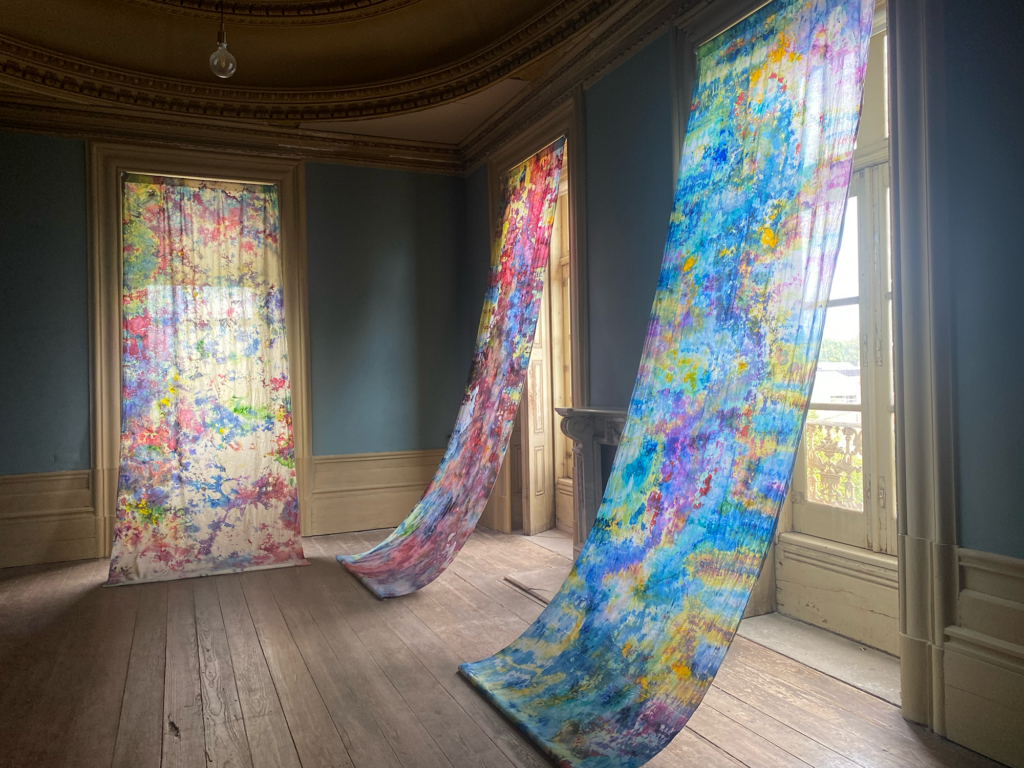
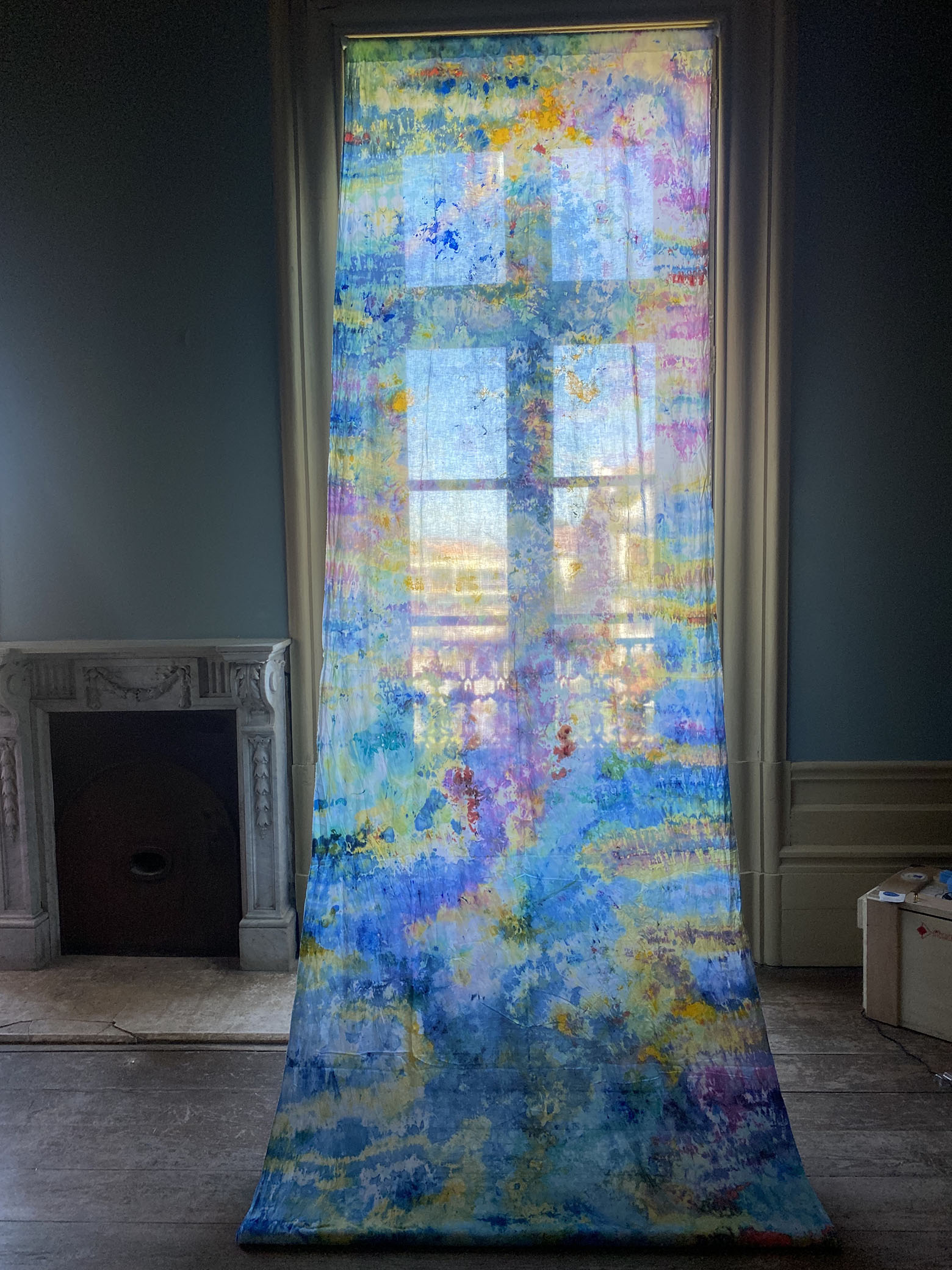
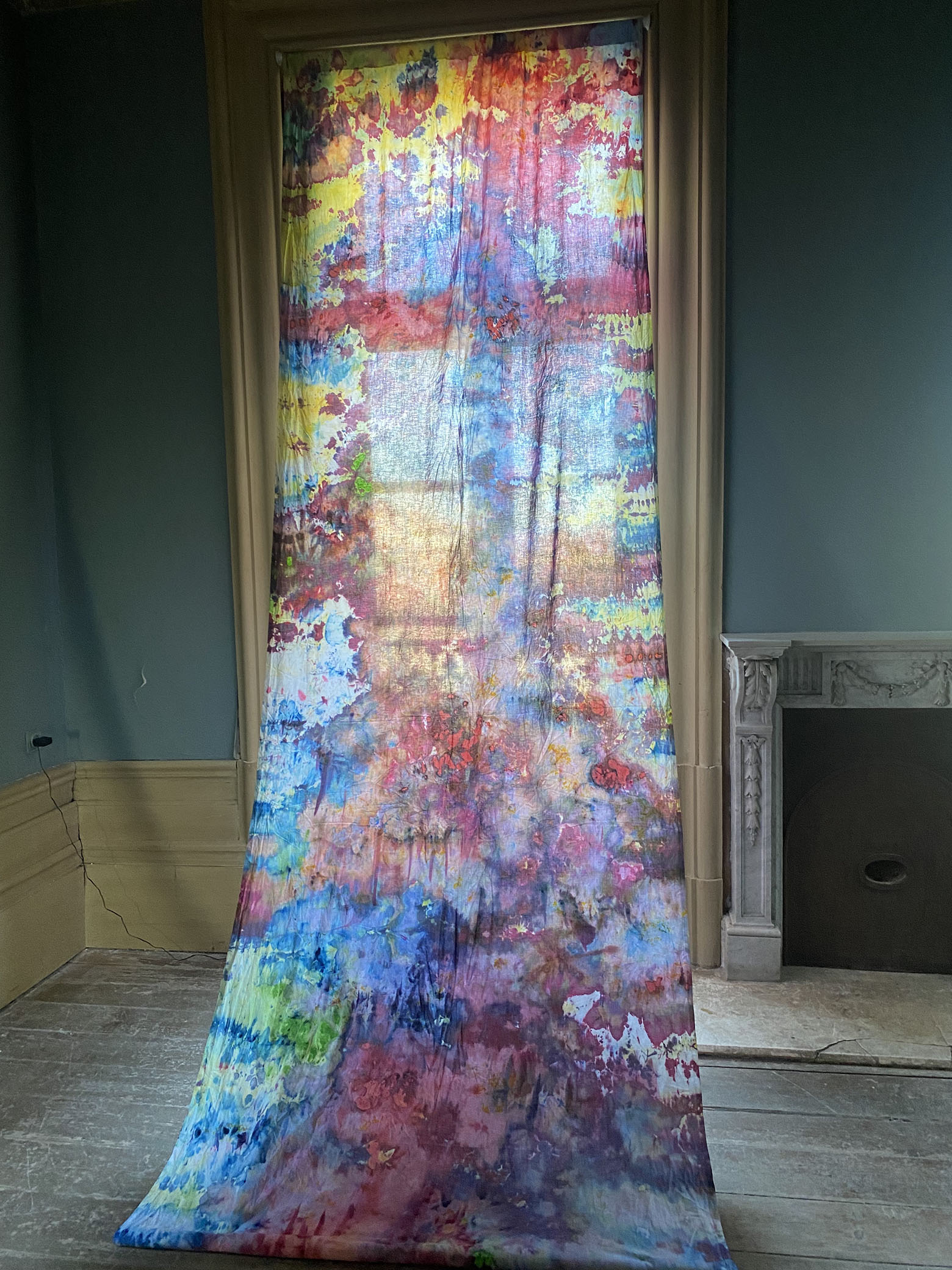
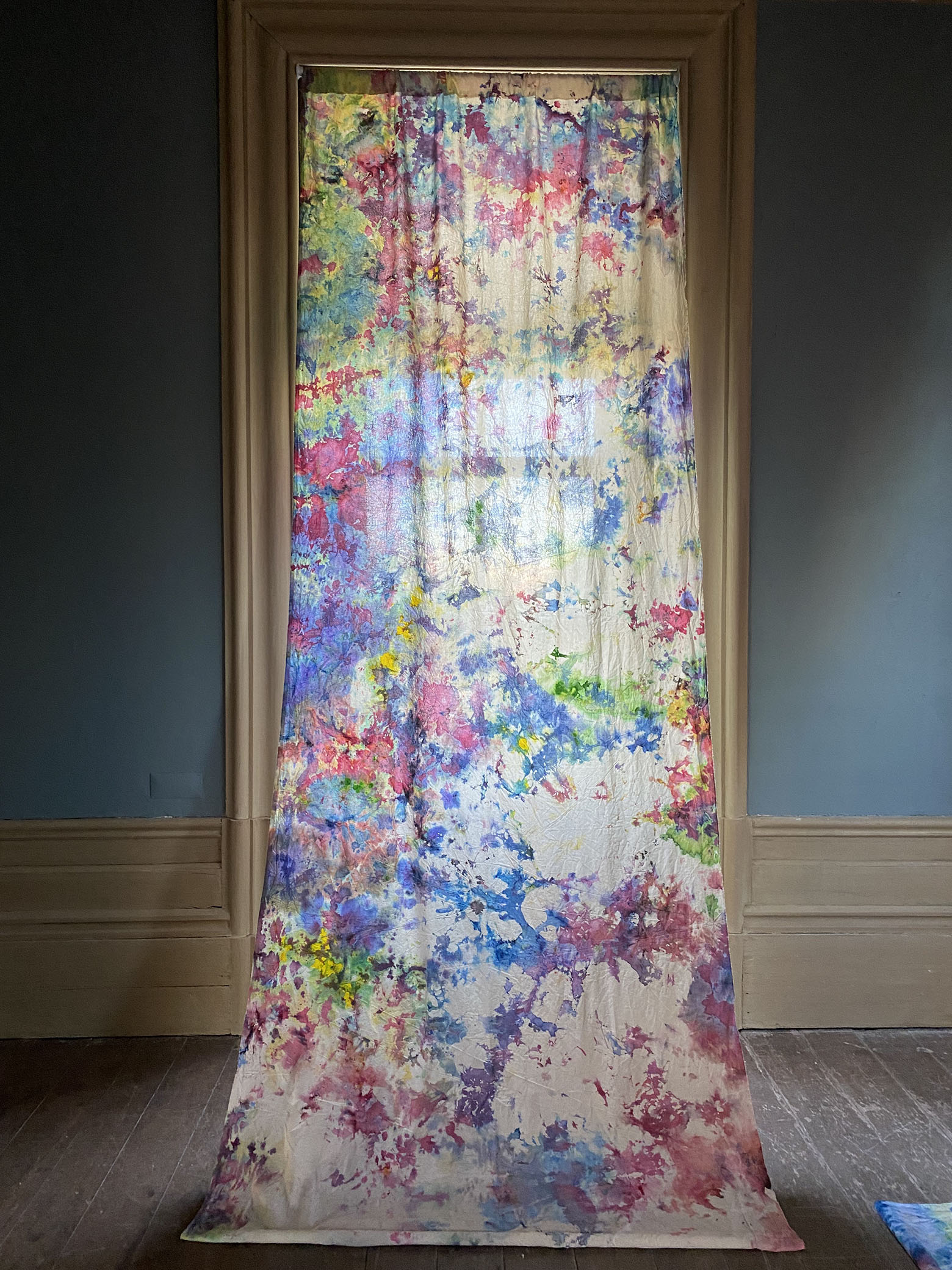
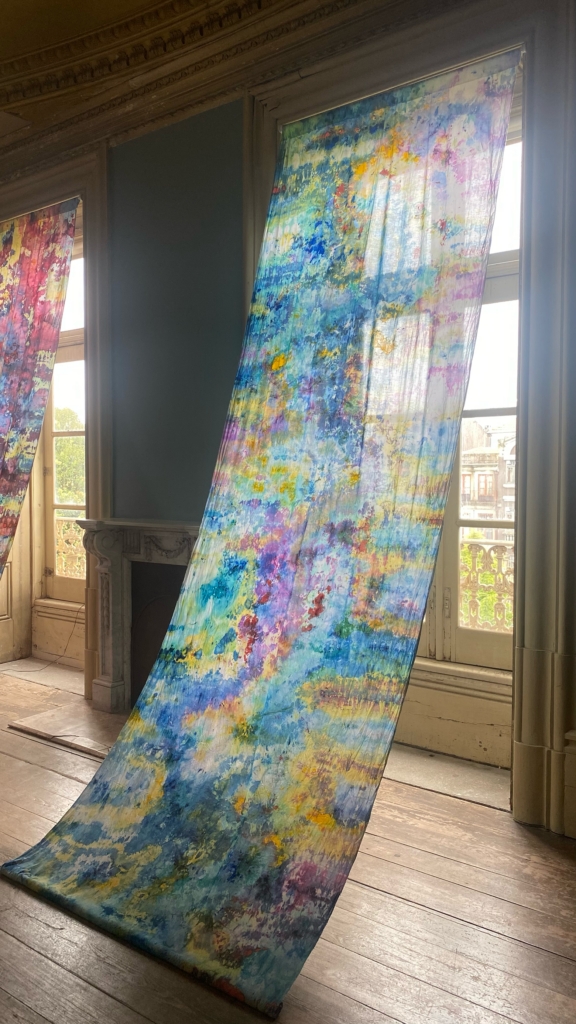
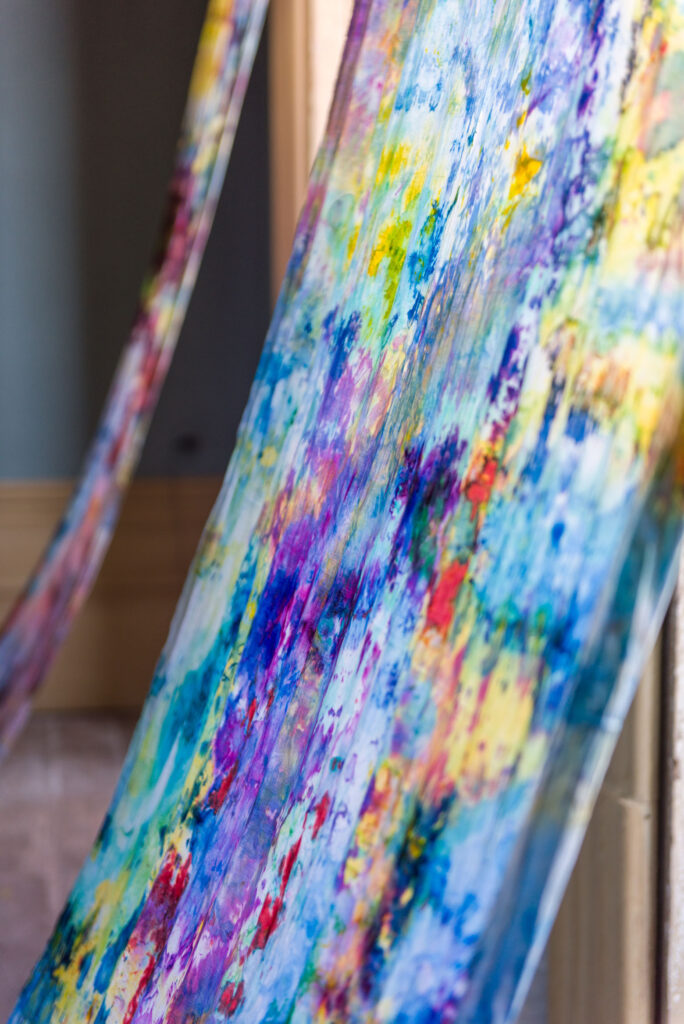
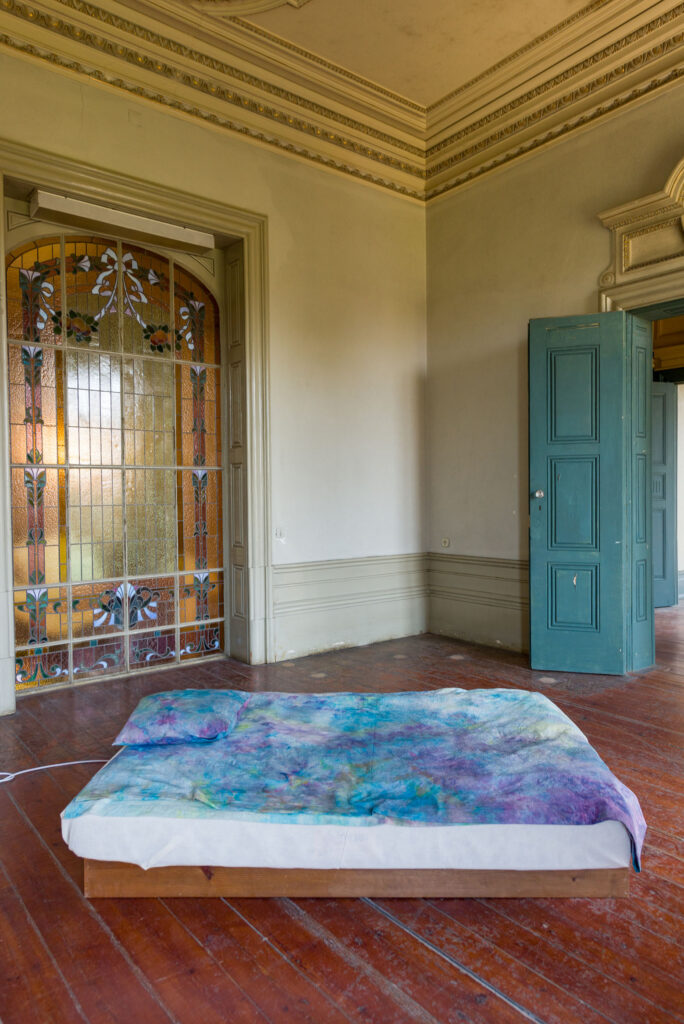
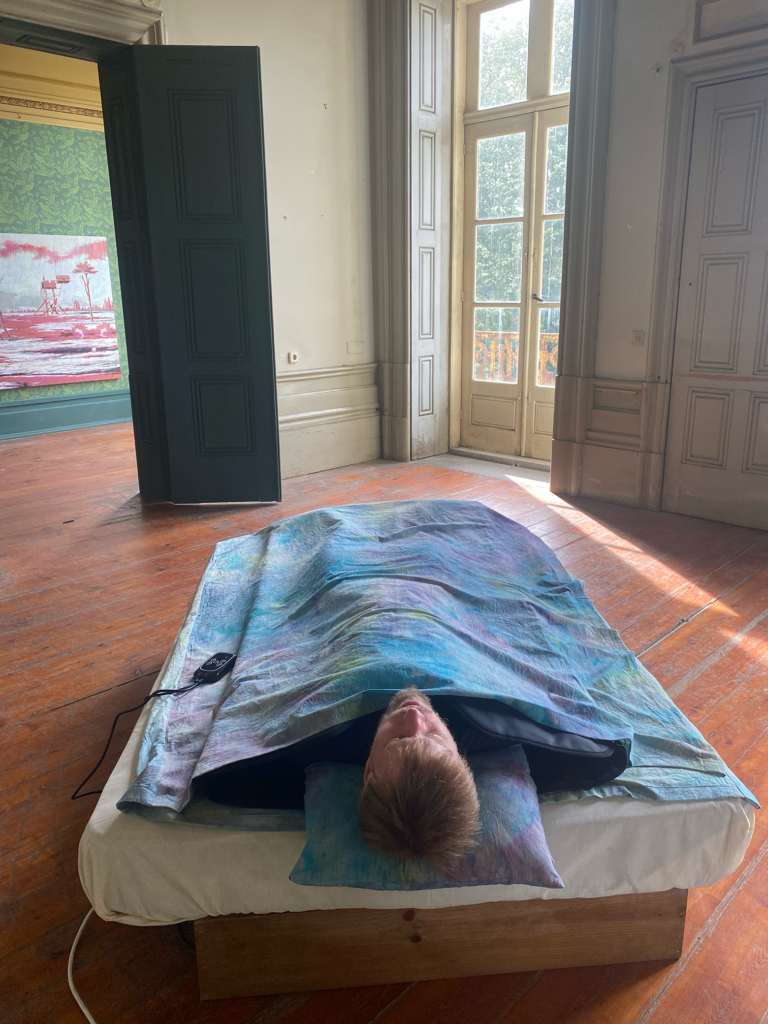
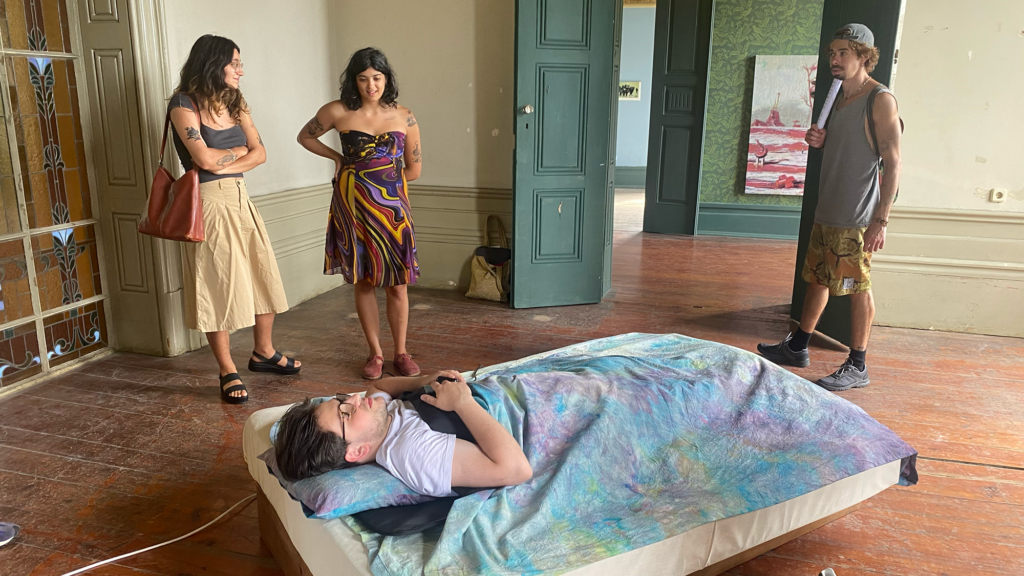
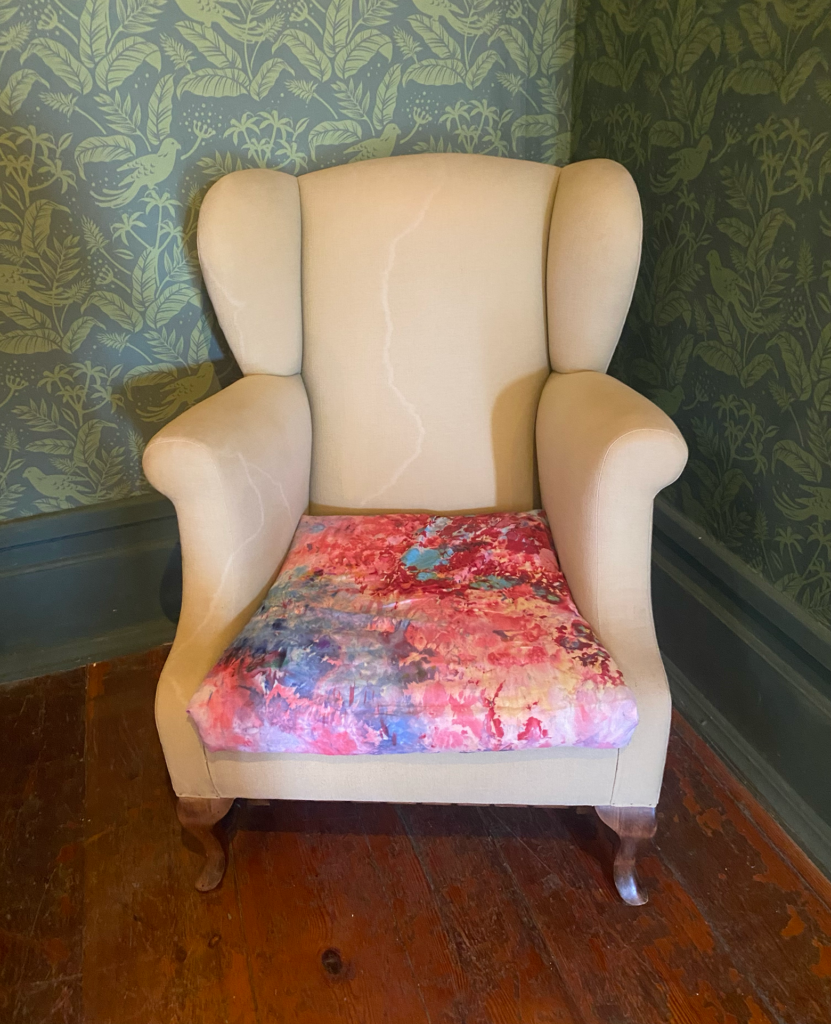
No home, no safety. Sleeping without protection. Falling into an unconscious sleep, unprotected. Running around trying to find a place to sleep and food to eat. Trying to find warmth within the sleeping bag throughout the cold night. A home of violence is also unsafe. Children without power wait until various battles pass by. The body is a home. What happens when the body becomes unsafe due to the presence of memories that have the potential to attack from within? Nobody is at home in the body.
The Home – less – care project aims to draw attention to the living conditions of the homeless and the urge to help improve the situation, but being powerless to do so. Realizing that the most efficient help would be to help the homeless gain a sense of self to be able to help themselves. Ending up in a blind alley, realizing a lack of resources for the homeless to change their conditions and a lack of resources for those who would like to provide such help. When all else is missing, care and creativity may be available as a step forward.
The Home – less – care project consists of objects that belong to a home. A bed, chair, and curtains, which include textile paintings. The work is presented in a house that once was a home but presently is not. The curtains bend down to the floor, referring to how homeless individuals sometimes put their various blankets by the house walls. The chair is a place for resting. The bed has an infrared sleeping bag, and at certain times the spectators are invited to cover up in the warm bag to relax and sleep. Those artifacts refer to care, creativity, and aesthetics, which could facilitate a step forward. Through those means, the street may become a home between houses.
Home – less – care was exhibited at Terceira Margem (Þriðji bakkinn) June 22-30 2024 at Casa do Campo Pequeno in Porto, Portugal.
